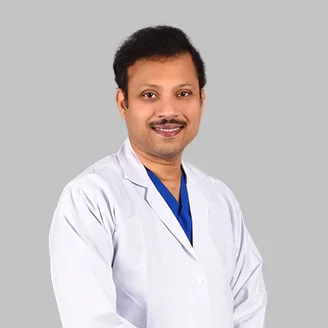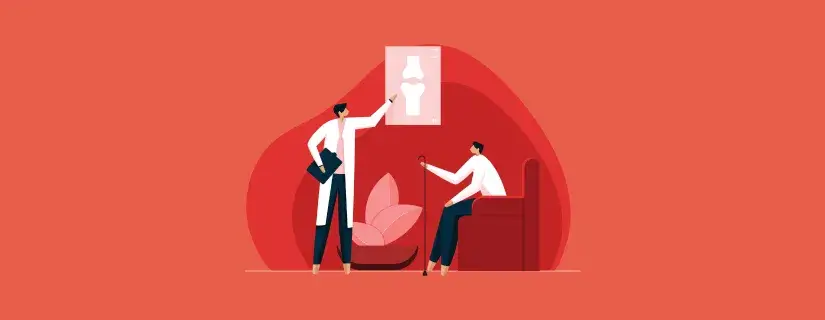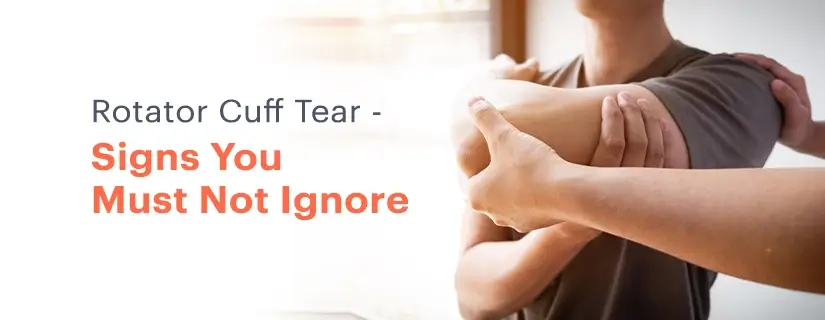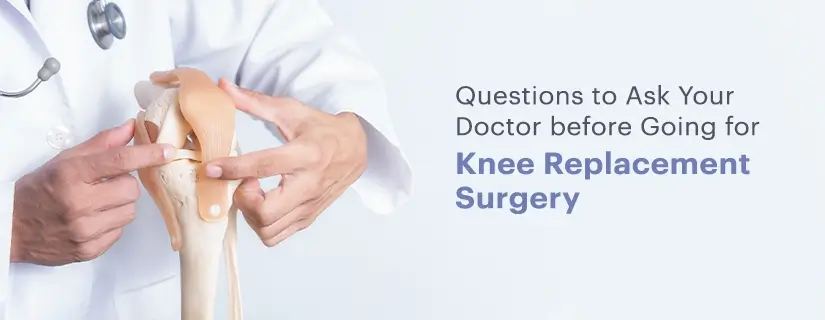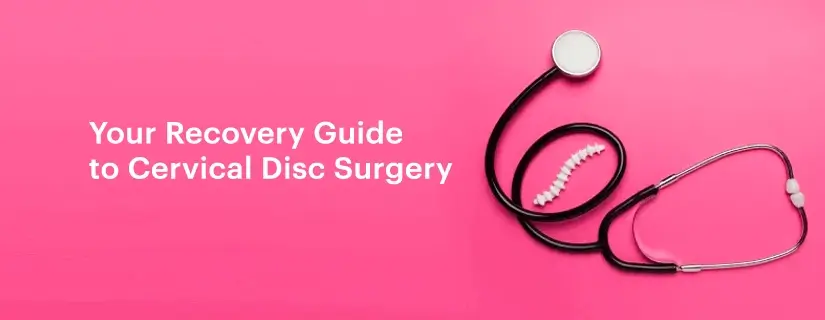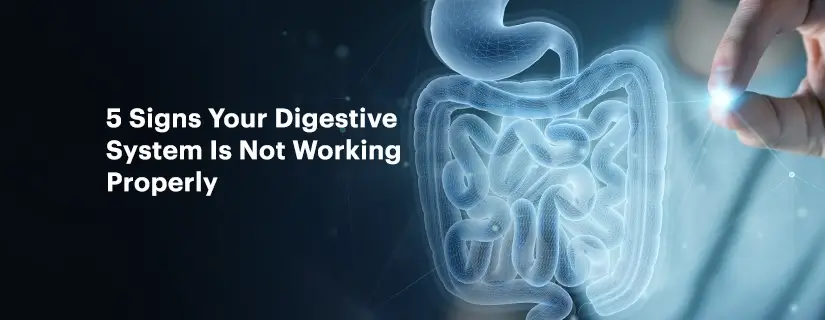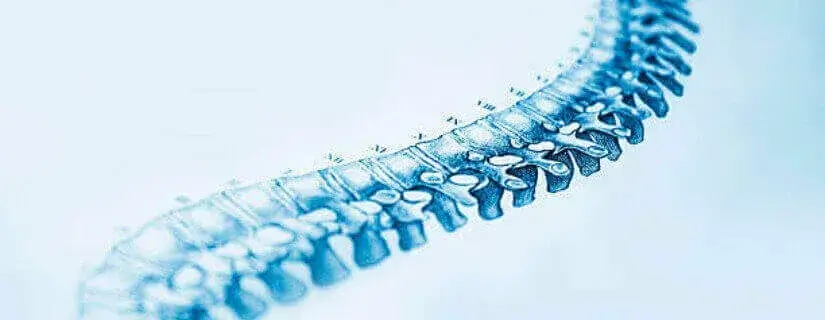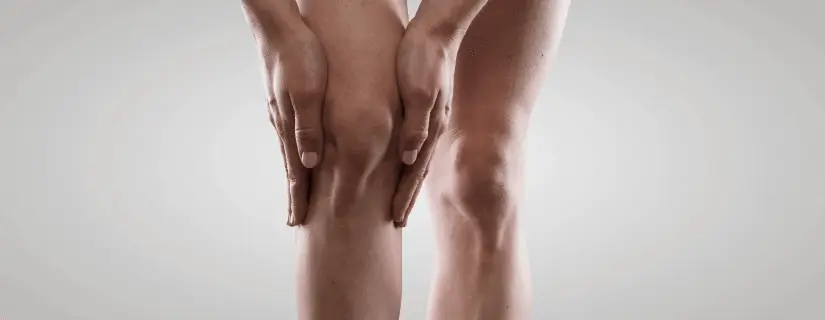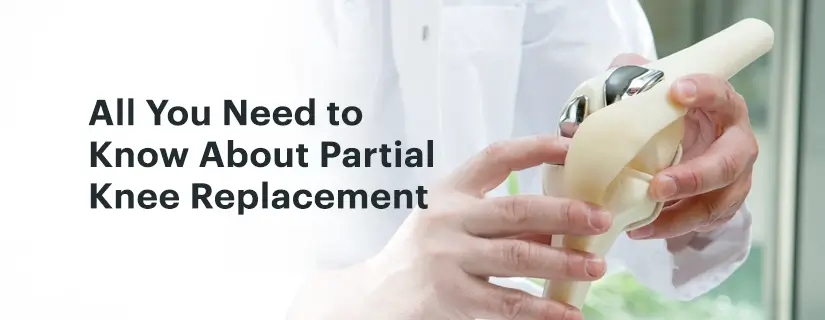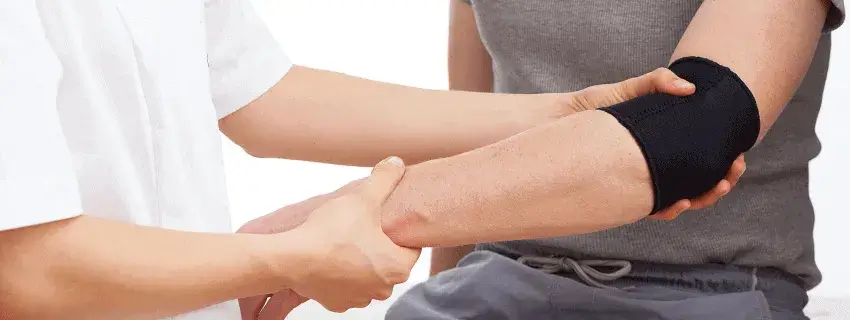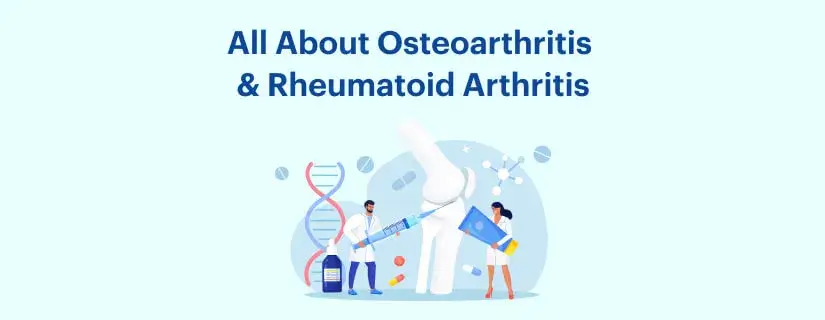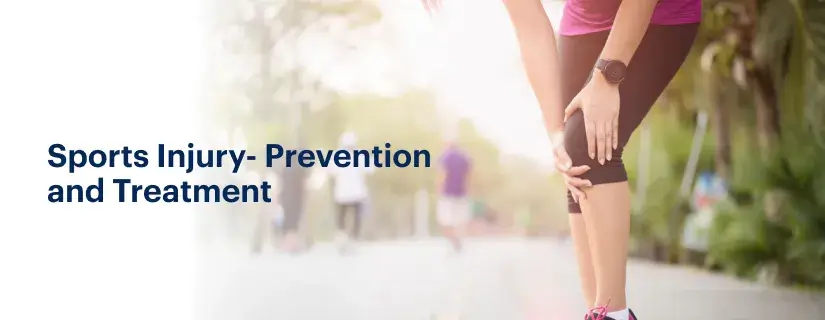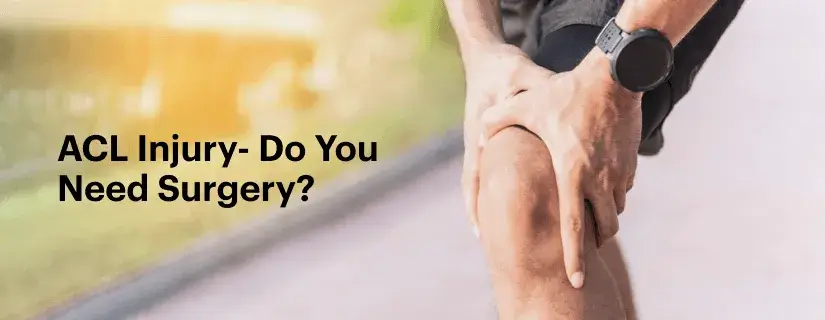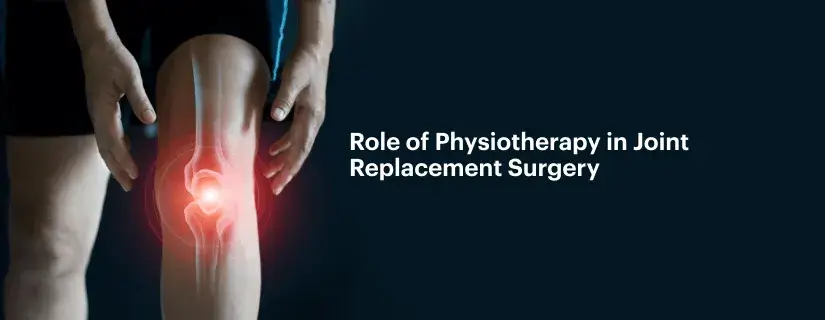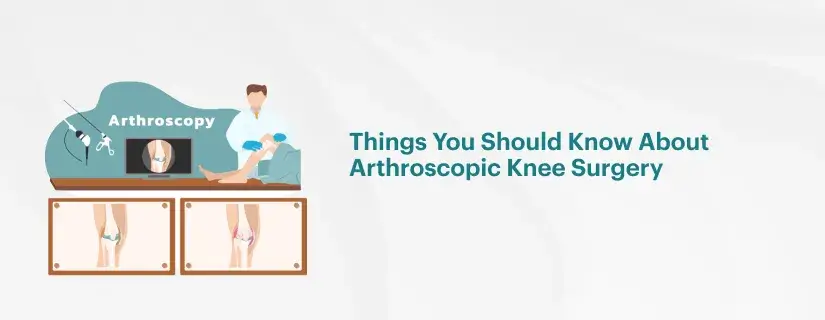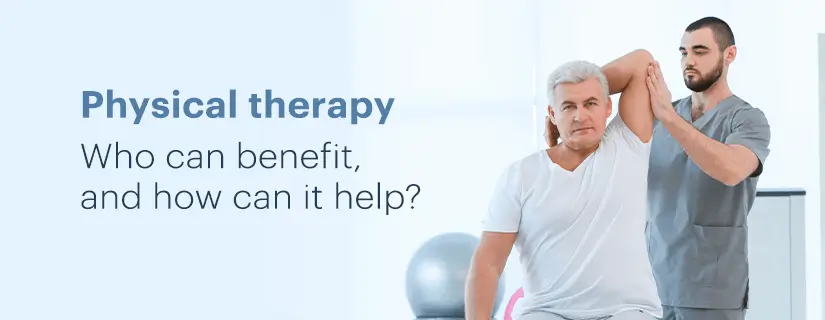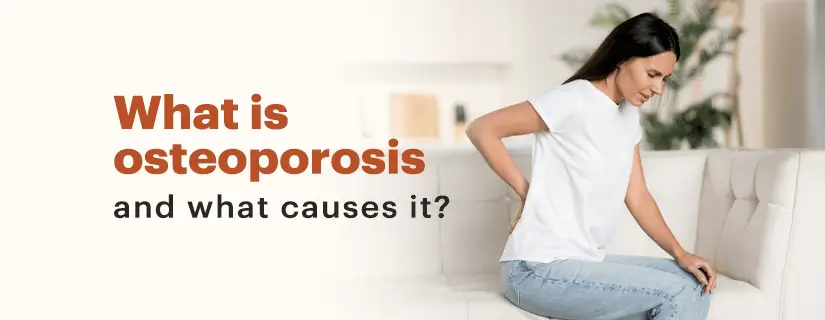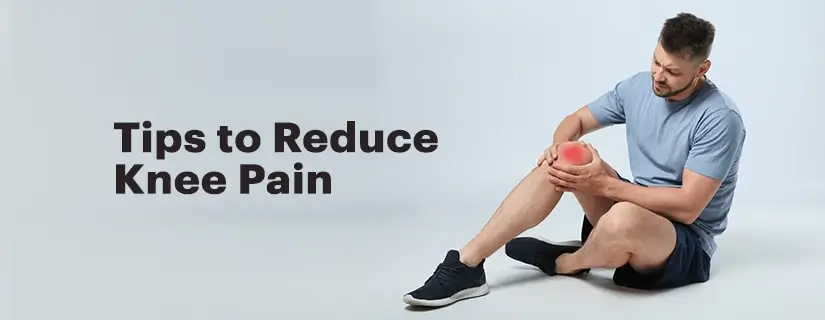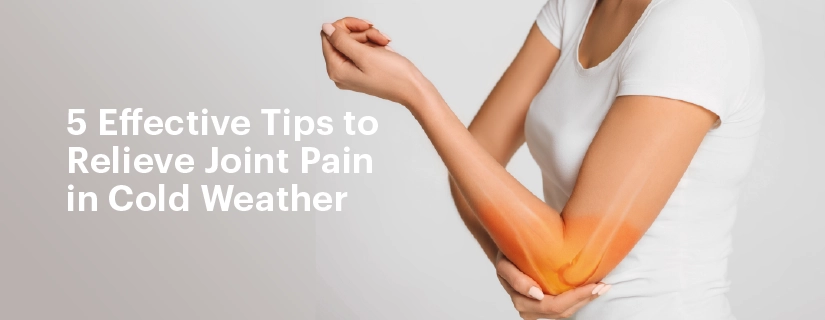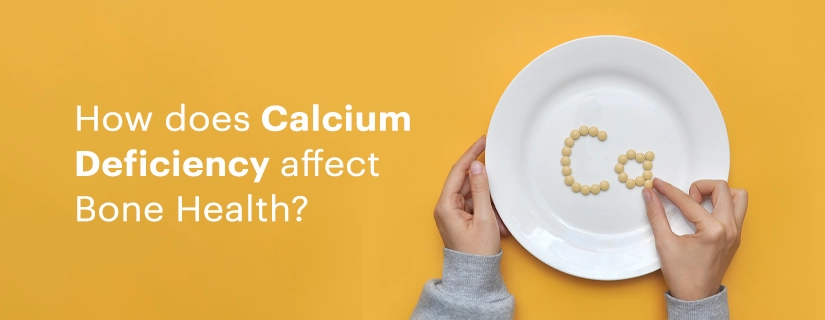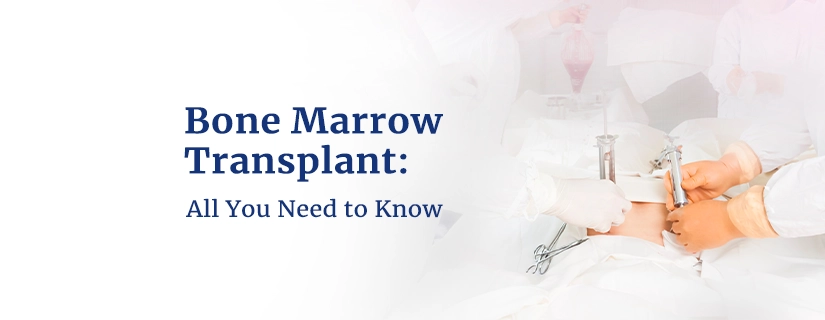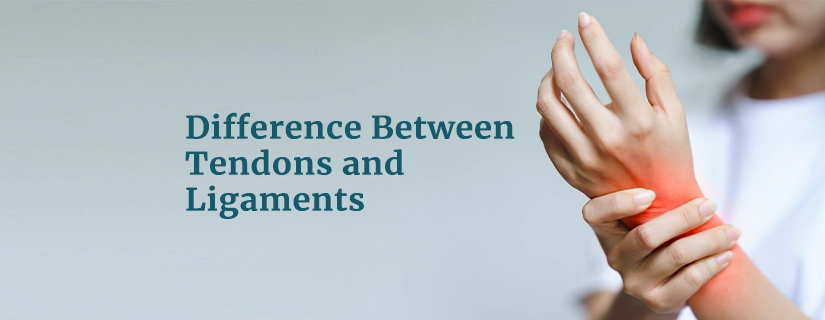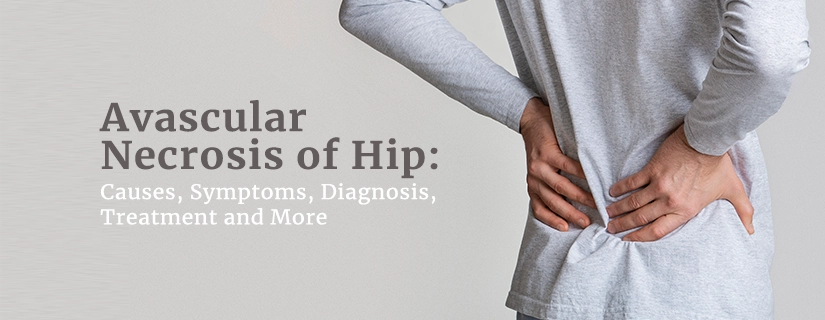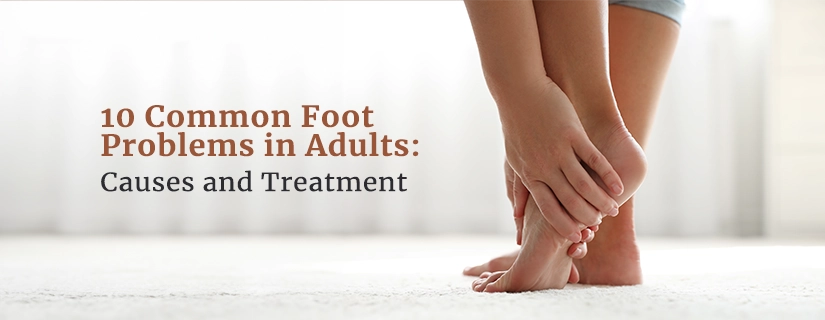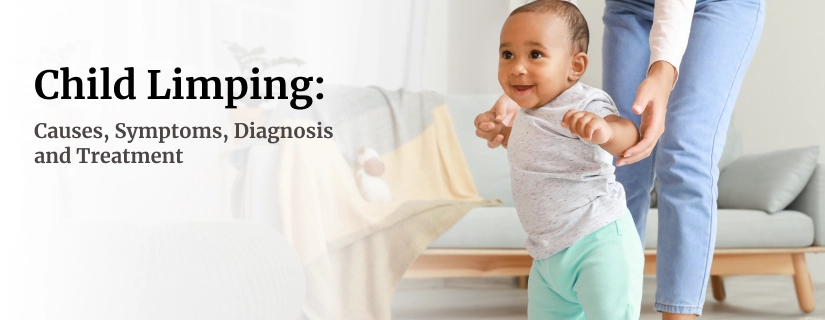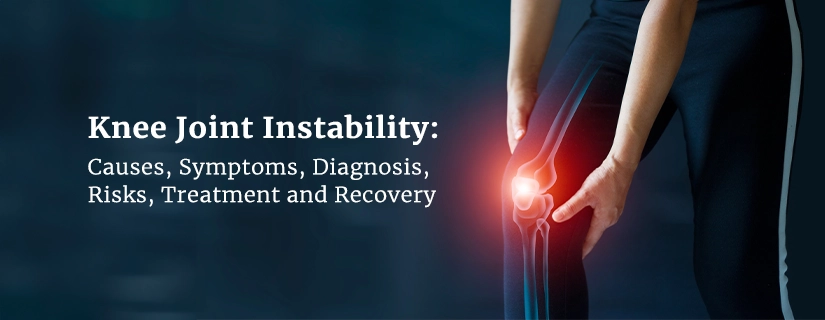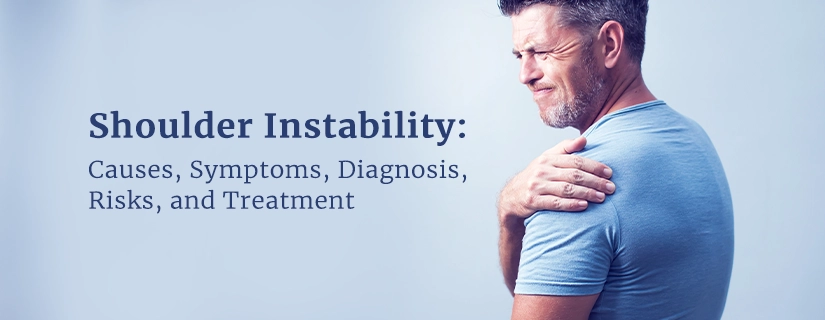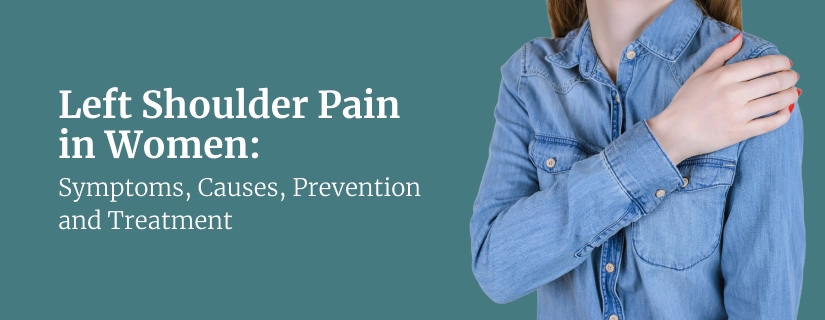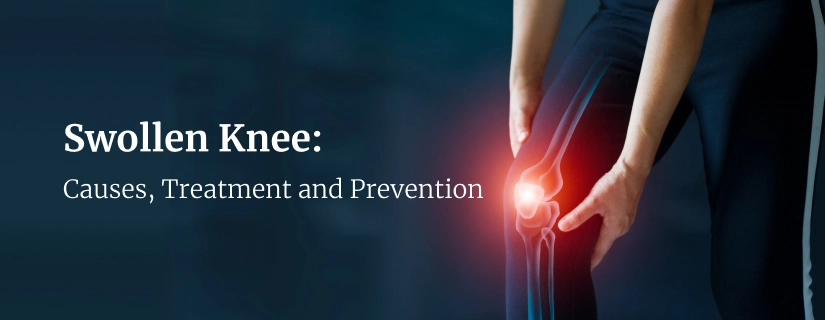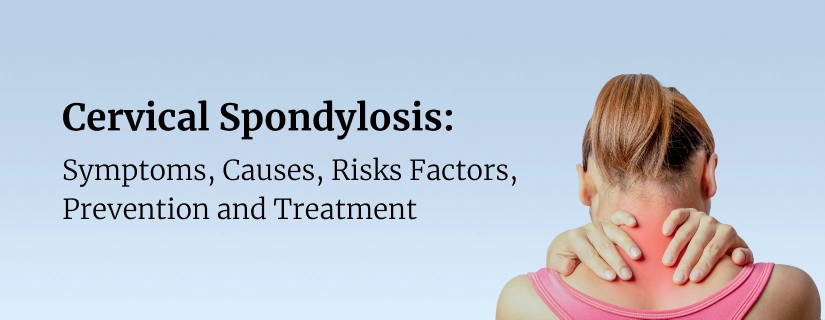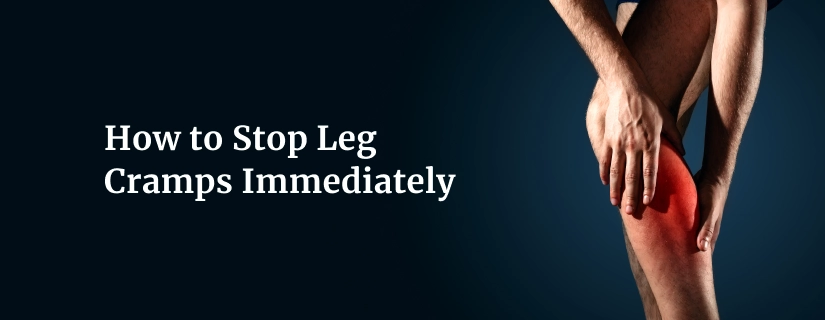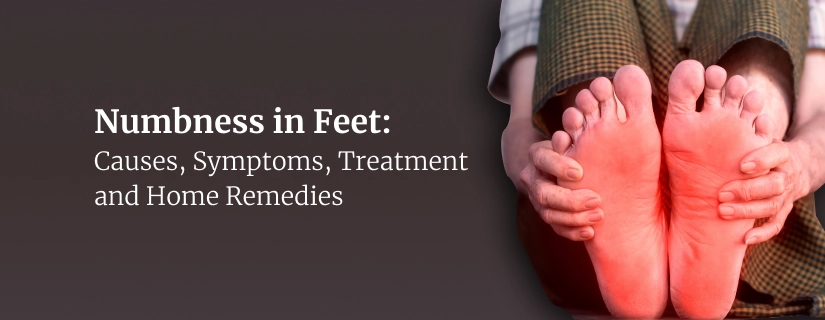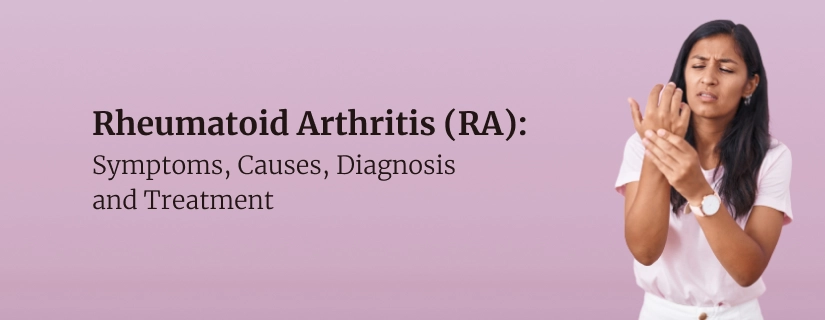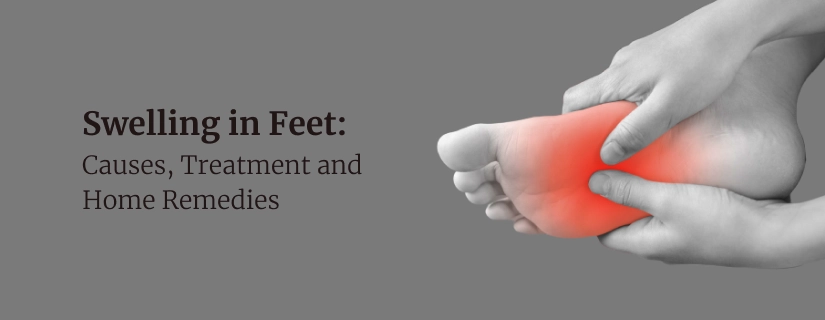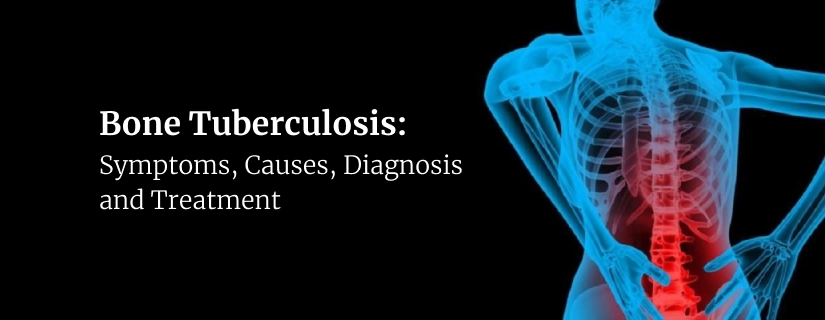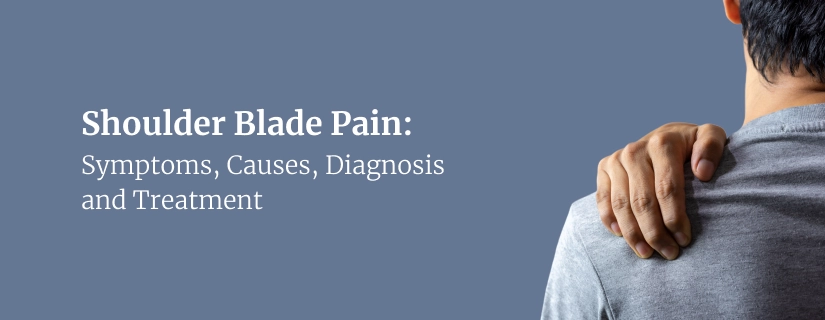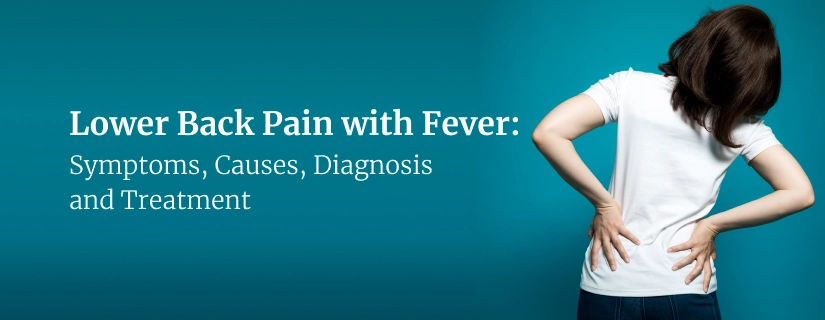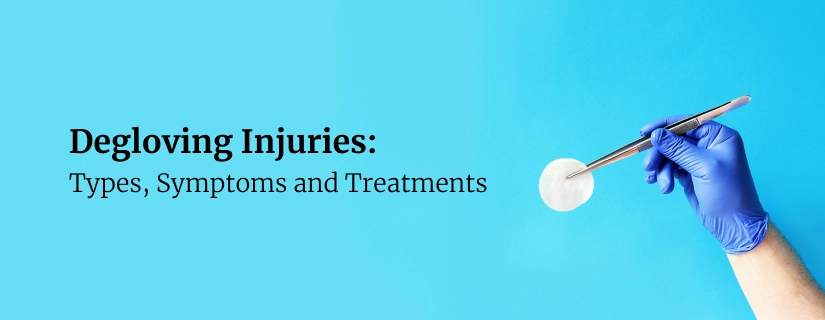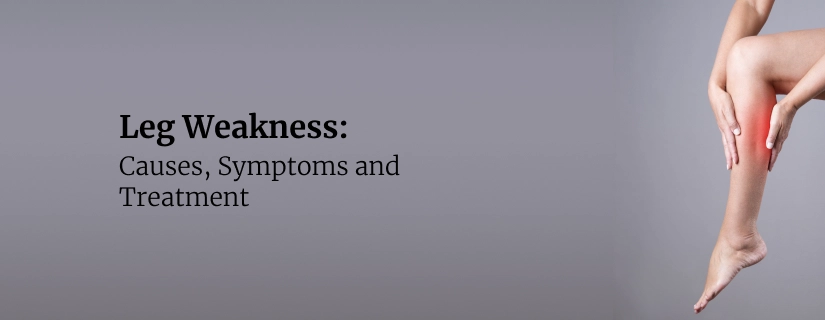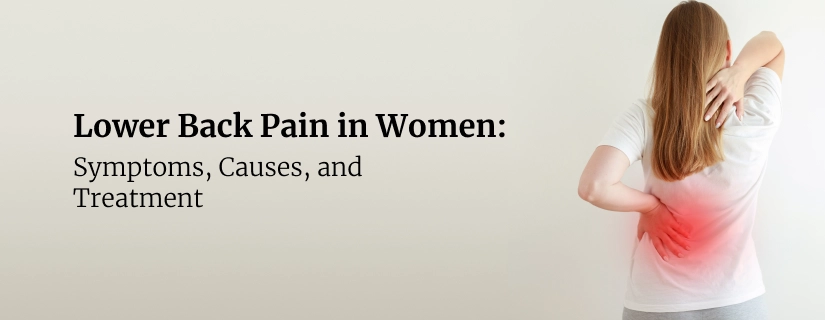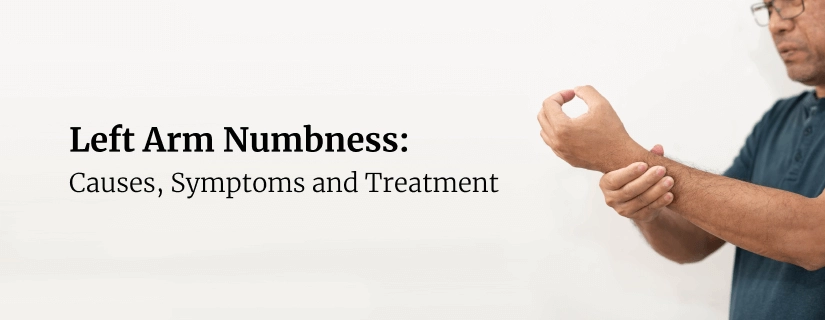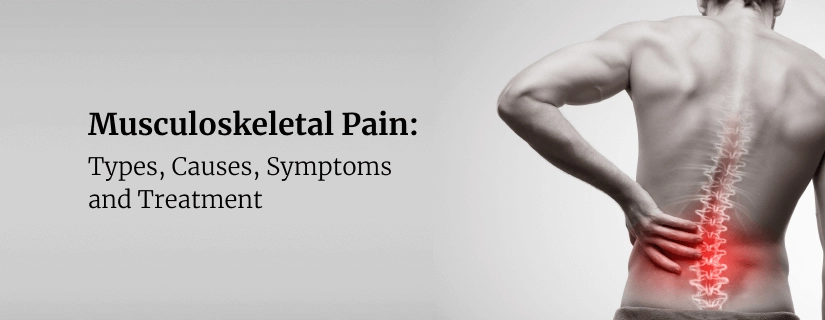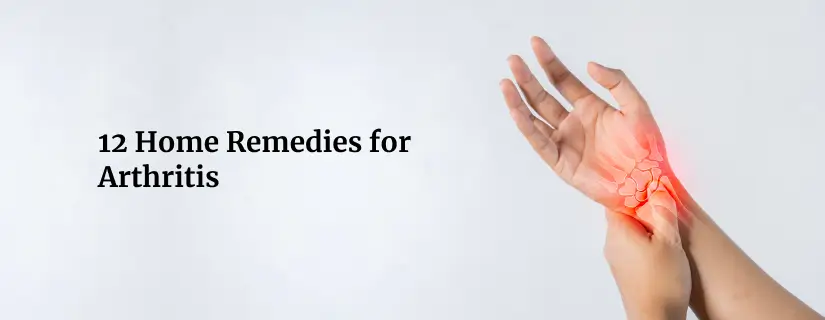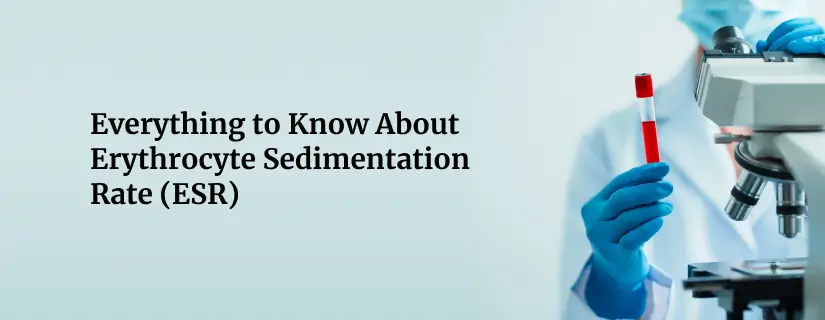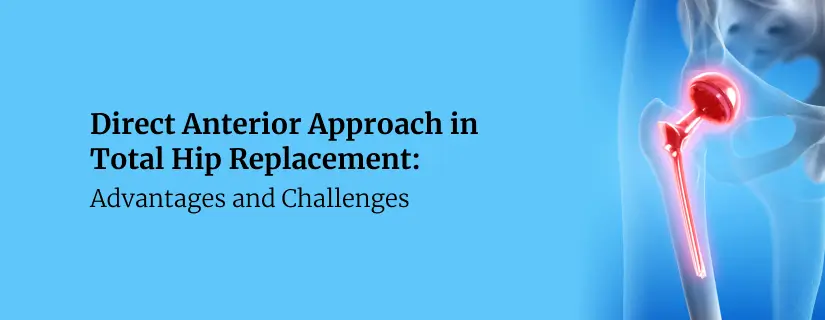-
Doctors
-
Specialities & Treatments
Centre of Excellence
Specialties
Treatments and Procedures
Hospitals & Directions HyderabadCARE Hospitals, Banjara Hills CARE Outpatient Centre, Banjara Hills CARE Hospitals, HITEC City CARE Hospitals, Nampally Gurunanak CARE Hospitals, Musheerabad CARE Hospitals Outpatient Centre, HITEC City CARE Hospitals, Malakpet
HyderabadCARE Hospitals, Banjara Hills CARE Outpatient Centre, Banjara Hills CARE Hospitals, HITEC City CARE Hospitals, Nampally Gurunanak CARE Hospitals, Musheerabad CARE Hospitals Outpatient Centre, HITEC City CARE Hospitals, Malakpet Raipur
Raipur
 Bhubaneswar
Bhubaneswar Visakhapatnam
Visakhapatnam
 Nagpur
Nagpur
 Indore
Indore
 Chh. Sambhajinagar
Chh. SambhajinagarClinics & Medical Centers
Book an AppointmentContact Us
Online Lab Reports
Book an Appointment
Consult Super-Specialist Doctors at CARE Hospitals
Arthritis in children: Types, Symptoms, Causes and Treatment options
Updated on 29 April 2022
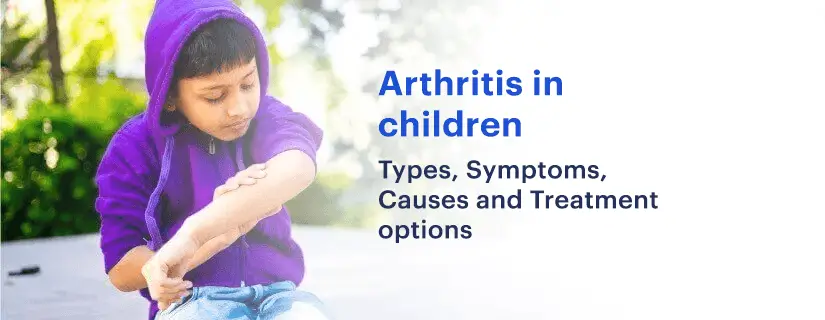
Table of Content
Juvenile arthritis in children refers to several different chronic disorders involving inflammation of joints (arthritis), which can cause:
- Joint pain
- Swelling
- Warmth
- Stiffness
- Loss of motion.
The various forms of JIA have different features, such as the pattern of joints involved and inflammation of other parts of the body besides the joints. JIA may last a limited time, such as a few months or years, but in some cases it is a lifelong disease that requires treatment into adulthood.
With the right treatment, most children achieve periods of wellness and sometimes the disease goes away permanently with no further need for medications. In this blog, we'll discuss some facts about juvenile arthritis.
JIA begins in children and adolescents before their 16th birthday. Most types of the disease are more frequent in girls, but enthesitis-related JIA, a form of the disease that involves inflammation of the places where ligaments and tendons attach to bones, is more common in boys. Systemic JIA, a rare type of JIA that features fever and rash, affects boys and girls equally. Children of all ethnic backgrounds can get the disease.
Children with a family member with chronic arthritis, including JIA, are at a slightly increased risk of developing it. Having a family member with psoriasis is a risk factor for a form of JIA called psoriatic JIA.
Idiopathic
It refers to a condition where the origins are not fully understood. While the exact causes of JIA are unknown, it begins when the immune system becomes overactive and creates inflammation.
Types of JIA
There are multiple types of JIA, each with distinct features. Namely,
-
Oligoarticular juvenile idiopathic arthritis– the most common and mildest form, affecting four or fewer joints.
- It is considered persistent if symptoms continue for 6 months or longer,
- extended if five or more joints become involved after 6 months of illness.
- Commonly affected joints are knees or ankles. A form of eye inflammation called chronic uveitis can develop in children with this form of JIA.
- Polyarticular juvenile idiopathic arthritis–rheumatoid factor negative- second most common type, affecting five or more joints in the first 6 months.
- Tests for rheumatoid factors are negative.
- The rheumatoid factor blood test checks for autoimmune disease, especially rheumatoid arthritis, which is an adult form of arthritis. Some of these children develop chronic uveitis.
- Polyarticular juvenile idiopathic arthritis–rheumatoid factor positive–This includes five or more joints during the first 6 months of the disease.
- Tests for rheumatoid factor, a marker for autoimmune disease, are positive.
- Usually occurs in preteen and teenage girls, and it appears to be essentially the same as adult rheumatoid arthritis
- Enthesitis-related juvenile idiopathic arthritis- Involves both arthritis and enthesitis.
- Enthesitis – inflammation occurs when a ligament or tendon attaches to a bone.
- Common locations for enthesitis
- knees
- heels
- bottom of the feet.
- Arthritis is usually in the
- Hips
- knees
- ankles
- Feet
- enthesitis-related JIA is more common in boys.
- Psoriatic juvenile idiopathic arthritis. This includes psoriasis,as well as inflammation of the joints.
- The skin condition usually appears first, but sometimes painful, stiff joints are the first sign, with the skin disease occurring years later.
- Pitted fingernails and dactylitis are also signs of the disease.
- Systemic juvenile idiopathic arthritis. Systemic means the disease can affect the whole body, not just a specific organ or joint.
- Systemic JIA usually starts with fever and rash that come and go over the span of at least 2 weeks.
- the joints become inflamed, but sometimes not until long after the fever goes away, and sometimes not at all if treatment is started quickly.
- In severe forms, inflammation can develop in and around organs, such as the spleen, lymph nodes, liver, and linings of the heart and lungs.
- Systemic JIA affects boys and girls with equal frequency
- Undifferentiated arthritis. This category includes children who have symptoms that do not fit into any of the other types or that fit into more than one type.
Symptoms
Symptoms of arthritis vary depending on the type, but all forms share
- persistent joint pain
- Swelling
- warmth
- stiffness
The pain may limit movement of the affected joint, although many children, especially younger ones, will not complain of pain. One of the earliest signs may be limping in the morning due to disease in one or both legs.
The symptoms of JIA go through cycles, flaring for a few weeks or months followed by periods when they go into remission. Some children have just one or two flares and never have symptoms again, while others have many flares or symptoms that never fully go away.
Besides joint problems, the inflammation associated with JIA can cause other symptoms, such as:
- Eye inflammation.–Uveitis often occurs in children with JIA.
- It usually starts within a few years after the JIA diagnosis, but in a small fraction of children, it appears before the joint symptoms or many years afterward.
- The type of JIA a child has may cause the development of different types of uveitis. Children with:
- Oligoarticular JIA, especially when it begins at an early age, can have chronic uveitis that has mild or no symptoms.
- Children with polyarticular JIA without rheumatoid factor, or with psoriatic JIA are also at risk.
- Enthesitis-related JIA and some children with psoriatic JIA can have episodes of acute anterior uveitis, which has a sudden onset and causes eye pain, eye redness, and sensitivity to light.
- If left untreated, uveitis can lead to eye problems such as cataracts, glaucoma, and vision loss
- Skin changes- Depending on the type of JIA a child has, he or she may develop skin changes. Children with:
- Systemic JIA – get a light red or pink rash that comes and goes.
- Psoriatic JIA- develops scaly red patches of skin. It also causes pitted nails and dactylitis
- Polyarticular JIA with rheumatoid factor- get small bumps or nodules on parts of the body that receive pressure, such as from sitting.
- Fever
- Systemic JIA- They have daily fevers when the disease begins or flares.
- The fever usually appears in the evening, and the rash may move from one part of the body to another, usually happening with the fever.
- Patients with other types of JIA do not generally develop fevers.
- Systemic JIA- They have daily fevers when the disease begins or flares.
- Growth problems- Inflammation in children with any type of JIA can lead to growth problems.
- Depending on the severity of the disease and the joints involved, bones near inflamed joints may grow too quickly or too slowly. This can cause one leg or arm to be longer than the other, or can result in a misshapen chin
- It also declines the overall growth if the disease is severe
Causes
In JIA, the body’s immune system mistakenly attacks some of its own healthy cells and tissues. This results in inflammation, along with pain, swelling, warmth, and stiffness. Inflammation from JIA can damage the joints, eyes, or other affected organs.
It is not known why the immune system attacks healthy tissues in children with JIA, but a mix of genetics and environmental factors are certainly involved.
Scientists have identified some of the molecules TNF-alpha, IL-6, and IL-1—contribute to inflammation in some forms of the disease. This has led to new therapies that specifically target these molecules.
Treatment
The goals of treatment are to:
- Control inflammation.
- Reduce pain and stiffness.
- Prevent joint and organ damage.
- Preserve and improve joint function.
- Promote physical and psychosocial growth and development.
- Achieve remission
- Allow for full engagement with normal activities
Most children with JIA need a combination of medicines and a healthy lifestyle, including a balanced diet and exercise, to reach these goals. The specific treatment plan will depend on the child’s age, the type of JIA, and on other factors, such as disease severity.
Medications
Types of medications
- Anti-inflammatory and pain medications.- helps in alleviating pain and swelling from inflammation.
- Disease-modifying anti-rheumatic drugs (DMARDs). These oral medications suppress the immune system on a broad level, helping to prevent the progression of the disease and saving the joints from permanent damage.
- Biologic response modifiers. By blocking specific immune signals that cause inflammation, biologic response modifiers help to prevent the progression of JIA, achieve remission, and protect against permanent damage.
- Corticosteroids. When injected into an affected joint, these strong inflammation-fighting drugs usually bring fast relief, though it is not always long-lasting. Because they are powerful drugs with many possible side effects, doctors typically prescribe the lowest dose of steroids necessary and taper off as quickly as possible.
Physical Therapy
Physical therapy can be an important part of JIA treatment. The doctor may recommend physical therapy to help:
- Relieve pain.
- Improve and maintain range of motion in affected joints.
- Strengthen muscles.
- Prevent injury from sports or other physical activities.
Pain-reducing techniques can be taught to the child and a home exercise program can be developed.
CARE Hospitals, the best hospital for arthritis in Hyderabad provides comprehensive care for patients suffering from arthritis and rheumatism.
ENQUIRY FORM
SELECT CATEGORIES
-
Neurosciences (16)
-
Neurology (38)
-
Neurosurgery (14)
-
Orthopaedics (48)
-
Oncology (33)
-
Obstetrics and gynecology (52)
-
Pulmonology (23)
-
Urology (20)
-
Nephrology (13)
-
Psychiatry (7)
-
Dietetics and Nutrition (111)
-
General Medicine (63)
-
Cardiac Sciences (32)
-
Vascular & Endovascular Surgery and Interventional Radiology (15)
-
Gastroenterology (46)
-
Endocrinology (23)
-
Plastic Surgery (10)
-
Critical Care Medicine (5)
-
COVID-19 (16)
-
Dermatology (16)
-
Emergency Care (1)
-
Ophthalmology (4)
-
Pediatrics (14)
-
Laparoscopic and Bariatric Surgery (8)
-
ENT (15)
-
Kidney Transplant (1)
-
Liver Transplantation and Hepatobiliary Surgery (5)
-
General Surgery (3)
-
Internal Medicine (5)
-
Medicine Information
Orthopedic Problems: Symptoms And Preventive Care You Need to Take
Easy Tips to Prevent Back Pain
YOU MAY ALSO LIKE
RECENT BLOGS
-
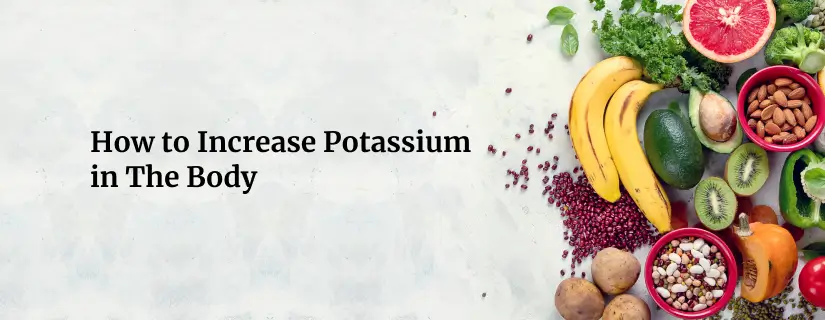
How to Increase Potassium in The Body
31 December 2025
Read More
-
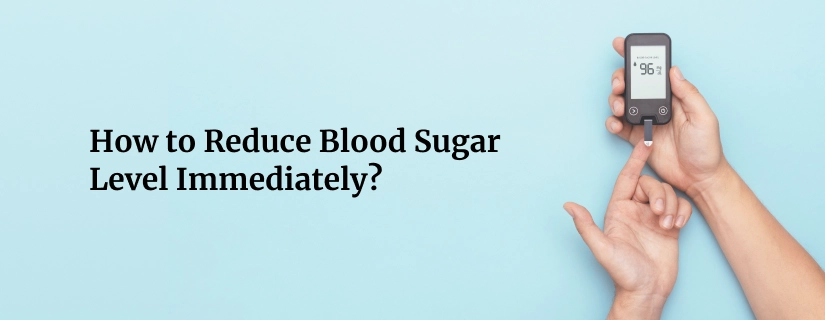
How to Reduce Blood Sugar Level Immediately?
31 December 2025
Read More
-
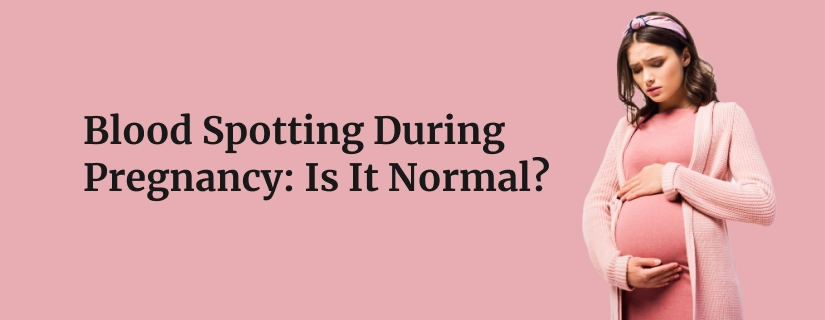
Blood Spotting During Pregnancy: Is It Normal?
31 December 2025
Read More
-
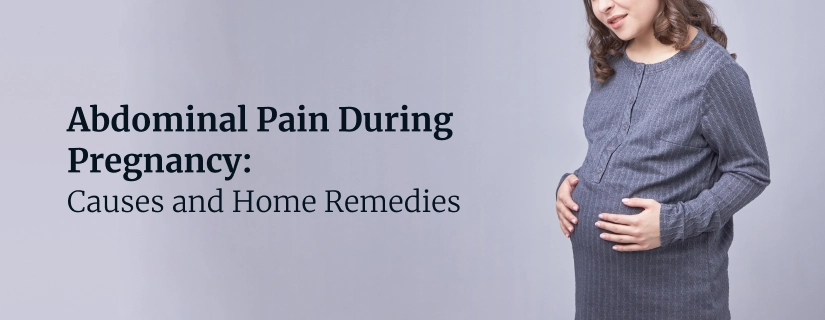
Abdominal Pain During Pregnancy: Causes and Home Remedies
31 December 2025
Read More
-
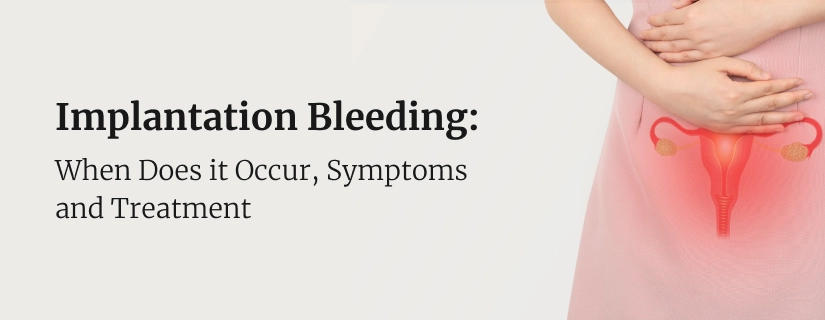
Implantation Bleeding: When Does it Occur, Symptoms and Treatment
31 December 2025
Read More
-
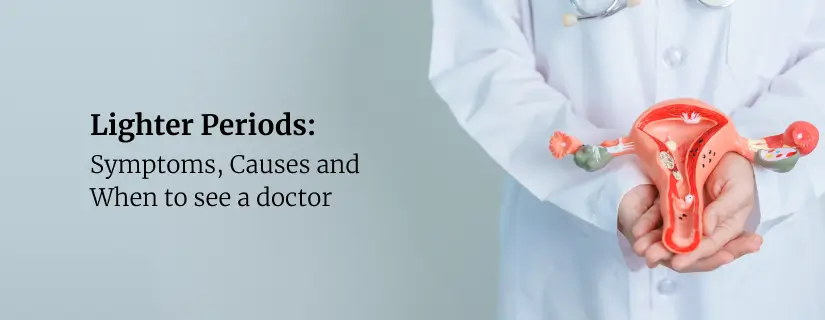
Understanding Lighter Periods: Causes, Symptoms, and Solutions
29 December 2025
Read More
-
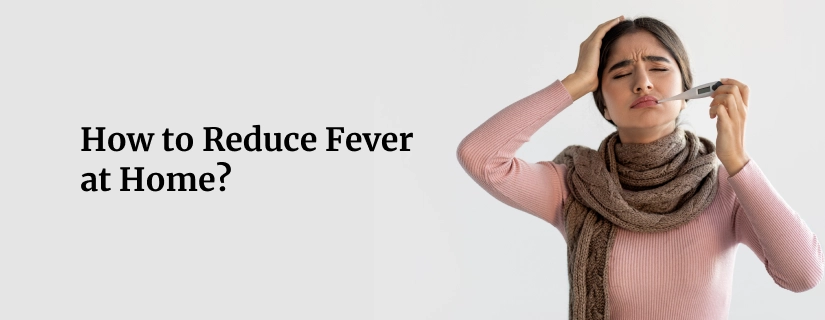
How to Reduce Fever at Home?
29 December 2025
Read More
-
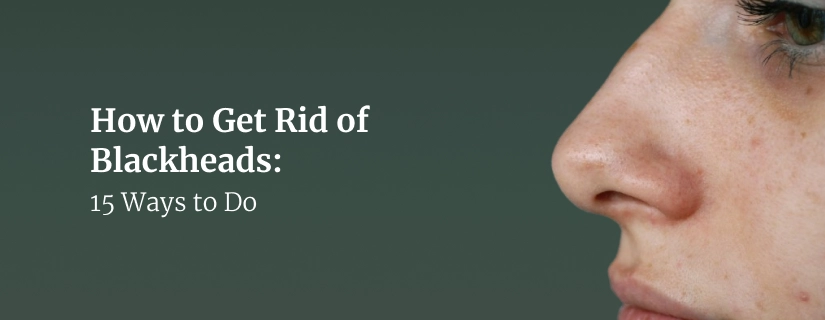
How to Get Rid of Blackheads: 15 Ways to Do
29 December 2025
Read More
Have a Question?
If you cannot find answers to your queries, please fill out the enquiry form or call the number below. We will contact you shortly.


